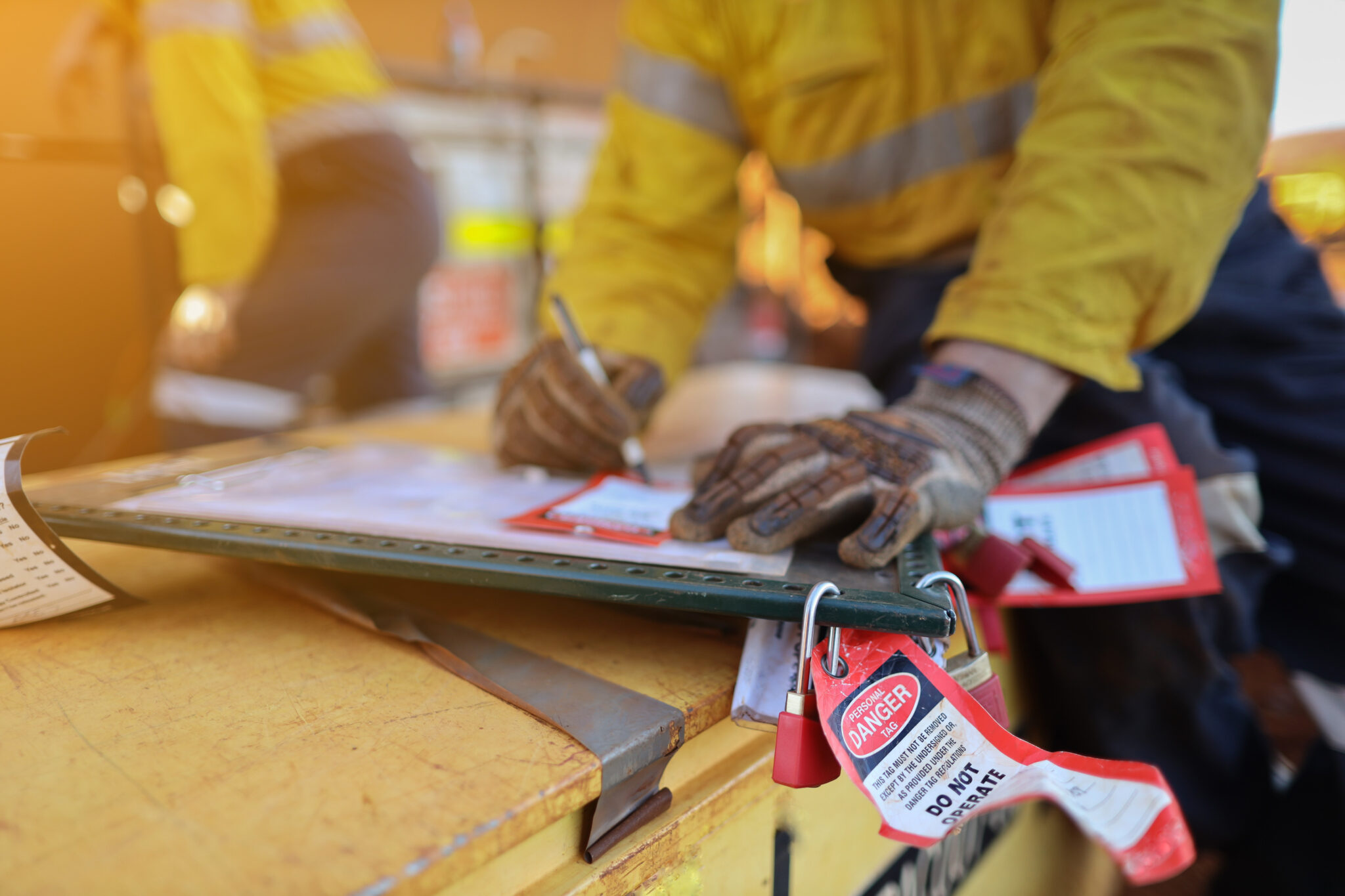
Six Strategies to Mitigate Spring Safety Hazards
April 22, 2022
HR Tip: EEOC issues guidance on caregiver-related discrimination and answers questions on how to handle religious objections to COVID-19 vaccinations
April 22, 2022Overcoming Common Obstacles to an Effective Job Hazard Analysis
Job hazard analysis (JHA) is a method for identifying and mitigating workplace hazards that emphasizes proactive risk control. However, most industries lack comprehensive guidelines on how to effectively design and implement a JHA. A recent case study from The Center for Construction Research and Training (CPWR) explored the challenges and shortcomings of developing and implementing JHAs in construction and identified practices and interventions contractors have found effective in overcoming the obstacles. Researchers analyzed 30 sample JHA documents and conducted 23 interviews with construction safety professionals.
Key findings include:
- Activity, hazard, and control sections were the only key components present in all the JHA documents. Most documents did not include instructions for conducting a JHA, and they also lacked a risk assessment matrix, visual representations, or reference information for control recommendations.
- Ineffective communications from management, lack of input and buy-in by workers, complacency, and isolation of upper management from job sites are major common problems that make JHAs ineffective.
- Despite the recognized disadvantages of using paper forms, around half of the safety professionals still use them. The practice was most common among small contractors. This makes it more difficult for employees to access information and for employers to update information based on site conditions.
CPWR recommends:
“To keep the JHA content current, active coordination between all parties and frequently updating information based on site conditions are necessary. It is recommended to use mini-JHA cards or one-page summaries to make JHA content more accessible to workers. It is also recommended to include visual aids to make content easier to understand.
Worker involvement in site safety planning and rotating JHA leaders are highly encouraged to empower workers and improve crew buy-in.”




